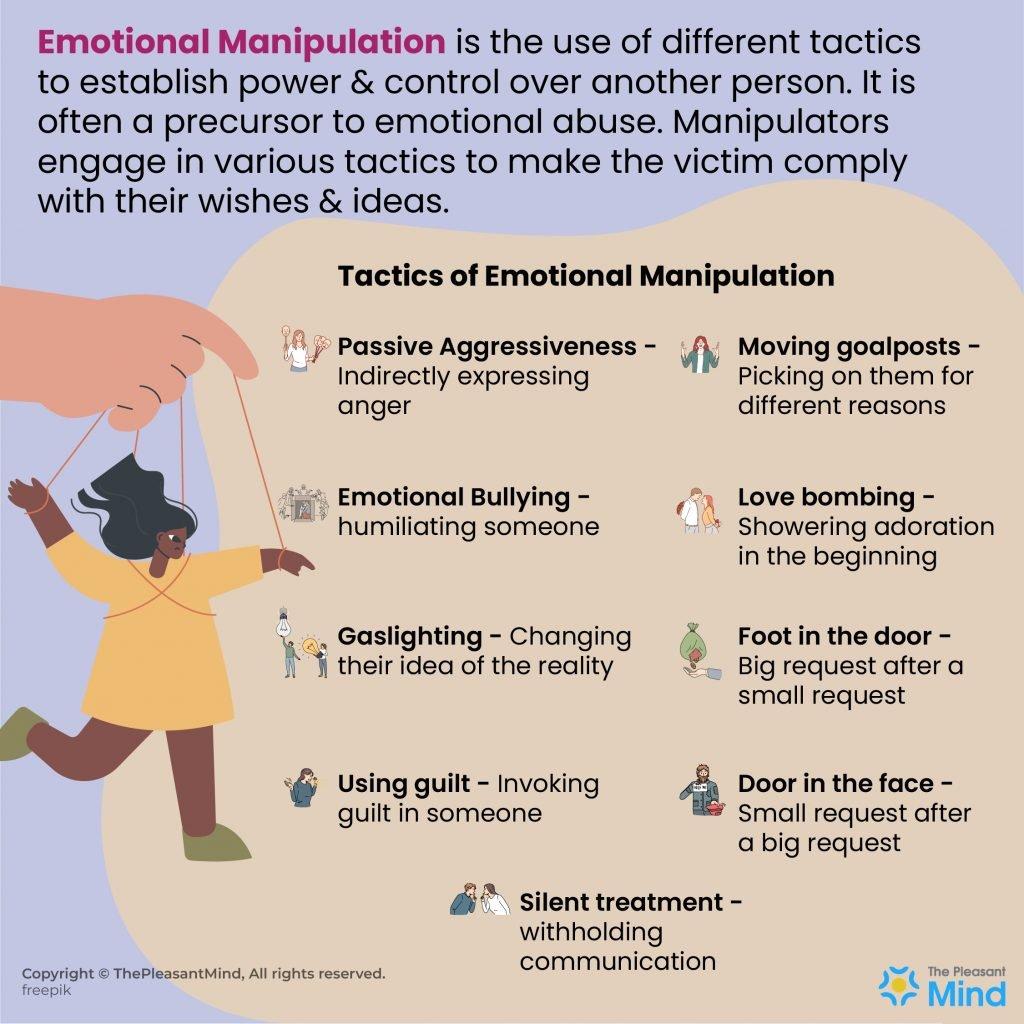Title: The Power of Perception: Evaluating the Influence of Documentaries on Public Opinion
In an age where information is as abundant as it is accessible, documentaries have emerged as a compelling medium, shaping and sometimes reshaping public opinion. With their ability to weave narratives through a blend of visuals, expert interviews, and compelling storytelling, documentaries often present complex issues in digestible formats. However, this persuasive power raises critical questions: ? As audiences increasingly turn to these films for enlightenment and guidance, it becomes essential to examine the extent of their impact. This article delves into the intricate dynamics between documentary filmmaking and public perception, exploring the fine line between informative influence and excessive persuasion.
Impact of Documentaries on Public Perception
Documentaries possess a unique power to shape public perception by presenting complex issues in a compelling and accessible manner. Through vivid storytelling and meticulous research, they can bring attention to overlooked topics, encouraging viewers to question their assumptions and engage in critical discussions. However, the influence they wield is not without controversy. The selective presentation of facts and the narrative choices made by filmmakers can lead to biased perspectives, potentially swaying public opinion in ways that may not always align with objective reality.
- Emotional Engagement: By invoking strong emotional responses, documentaries can create a lasting impact, prompting viewers to take action or change their beliefs.
- Agenda Setting: Filmmakers often highlight specific issues, steering public discourse and prioritizing certain narratives over others.
- Credibility Concerns: The perceived authority of documentaries can lead audiences to accept presented information without sufficient scrutiny.
While documentaries are invaluable tools for education and awareness, the extent of their influence raises questions about the responsibility of filmmakers in shaping public discourse. As these visual narratives continue to evolve, the balance between informing and influencing remains a critical consideration.

Analyzing Emotional Manipulation in Filmmaking
Documentaries wield a significant power to shape perceptions, often through subtle emotional cues. Filmmakers employ various techniques to guide viewers toward specific conclusions, creating a narrative that resonates on a deeper level. This can include the use of music to evoke emotions, selective editing to highlight particular viewpoints, and narrative framing that emphasizes certain aspects over others.
- Music and Sound: Carefully chosen soundtracks can heighten emotional responses, making scenes more impactful and memorable.
- Visual Imagery: Powerful imagery can evoke empathy or outrage, influencing how audiences perceive the subject matter.
- Expert Testimonies: Featuring authoritative voices can lend credibility and sway opinions, often without presenting opposing views.
While these techniques can enlighten and inform, they also raise ethical questions about the extent to which documentaries should influence public opinion. The balance between storytelling and factual representation remains a critical consideration for filmmakers.

Balancing Fact and Narrative in Documentary Production
In documentary production, striking the right balance between fact and narrative is crucial to maintaining both credibility and engagement. Filmmakers often face the challenge of presenting factual information while crafting a compelling story that resonates with audiences. The risk lies in leaning too heavily on narrative elements, which can sometimes lead to the distortion of facts or the omission of critical information.
To achieve this balance, producers can employ several strategies:
- Thorough Research: Ensuring all claims are backed by credible sources.
- Transparency: Clearly distinguishing between facts and opinions.
- Multiple Perspectives: Including diverse viewpoints to provide a well-rounded perspective.
- Fact-Checking: Utilizing third-party verification to maintain accuracy.
By adhering to these practices, documentaries can inform and engage without unduly swaying public opinion, preserving their role as a trusted source of information.

Strategies for Critical Engagement with Documentary Content
To critically engage with documentaries, viewers can adopt several strategies that enhance their understanding and foster a more nuanced perspective. First, it’s crucial to research the filmmaker’s background and potential biases. Understanding their previous work and affiliations can provide insights into the documentary’s potential slant. Second, consider the funding sources and distribution platforms. These elements might influence the narrative, subtly shaping the content to align with specific agendas.
Additionally, viewers should be mindful of the documentary’s use of rhetorical techniques. Pay attention to the choice of music, editing style, and the inclusion of expert interviews. These elements can be persuasive tools that might steer emotional responses. To further enrich your analysis, engage with diverse perspectives on the subject. Reading critiques, both positive and negative, can reveal underlying assumptions and gaps in the narrative. Lastly, question the documentary’s claims by comparing them with other credible sources, ensuring a well-rounded understanding of the topic.



